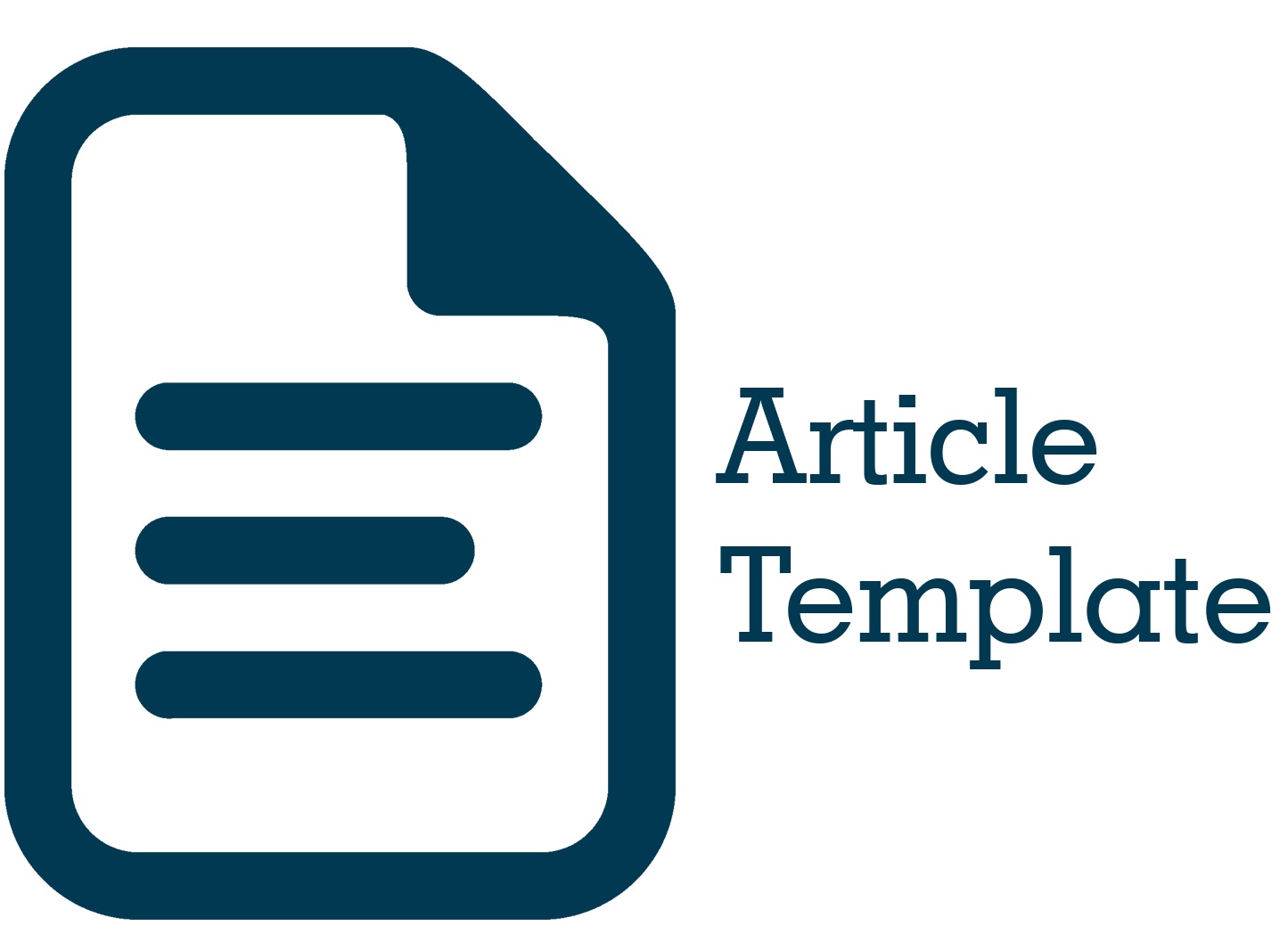Dampak Penggunaan Digital Banking dan Kepuasan Nasabah serta Implikasinya Terhadap Tingkat Tabungan
DOI:
https://doi.org/10.51135/PublicPolicy.v5.i1.p626-645Keywords:
Digital Banking, Customer Satisfaction, Total SavingsAbstract
Public interest in using digital banking is increasing every month so banks need to maintain and increase customer satisfaction because that is also the main factor in increasing the use of digital banking applications. Digital banking is a banking service that facilitates customers to carry out all their financial activities via smartphone, from opening an account to electronic banking. Electronic banking, also called e-banking, is provided by banks to fulfill important services in carrying out banking transactions. This research aims to find out how digital banking influences the savings rate at PT. Bank Rakyat Indonesia (Persero) Tbk, Masohi Branch Office, Central Maluku Regency. The data analysis method uses path analysis (Path Analysis). The results of this research show that there is a direct influence between digital banking on customer satisfaction and it is significantly positive, there is a positive influence between customer satisfaction and increasing the amount of savings. Meanwhile, the indirect influence of digital banking on the amount of savings through customer satisfaction is also positive and significant
Downloads

Downloads
Published
How to Cite
Issue
Section
License
Authors whose manuscripts are published in the Journal of Public Policy must agree to the following terms;
- Publication rights for all manuscript materials published are held by the editorial board with the author's consent.
- The legal formalities for digital access to the Journal of Public Policy are subject to the Creative Commons Attribution Sharealike (CC BY SA) license, which means the Journal of Public Policy has the right to store, redistribute, reformat, manage in a database, maintain, and publish the manuscript without seeking permission from the author as long as the author's name is included as the copyright owner.
- Published manuscripts are open access for the purpose of disseminating research results. Besides this purpose, the editorial board is not responsible for copyright law violations.


.png)



